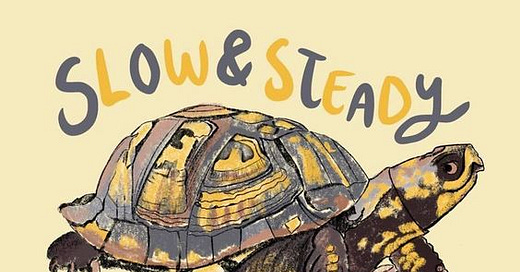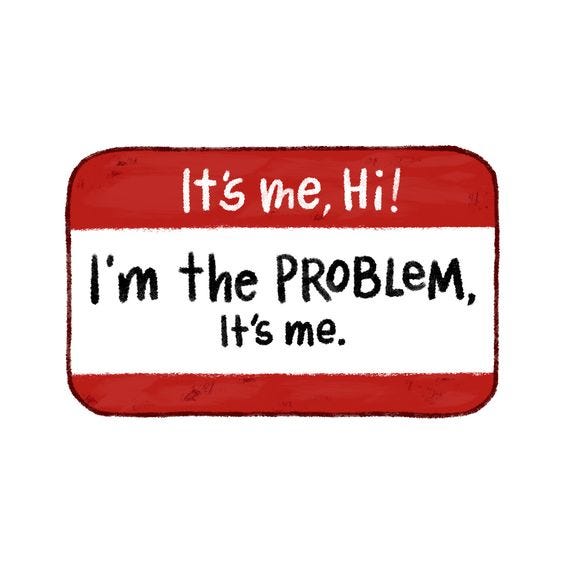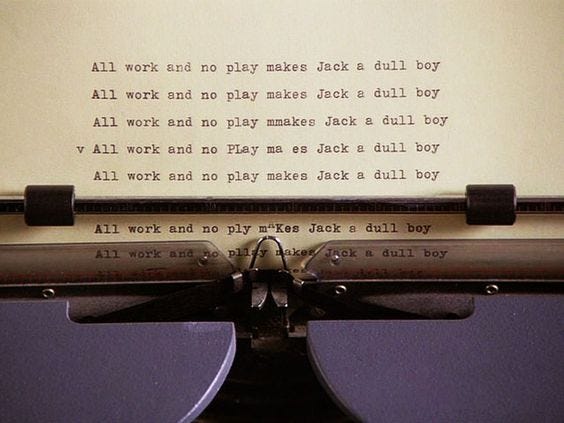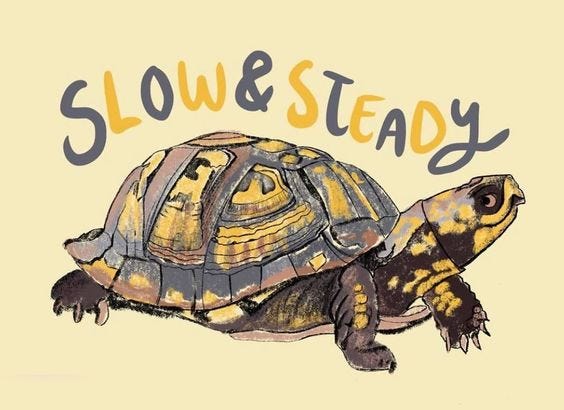Admitting you have a problem is the first step.
I identify as many things. New Yorker. Doughnut Lover. Beach Goer. Hostess of Wine and Pine. Writer. Recently, I also started identifying as something I’d be less apt to post alongside an emoji in my Instagram bio.
My name is Rachel, and I’m a chronic workaholic.
The productivity-obsessed world we live in doesn’t make it easy to identify these behavior patterns. The line between “working hard” and “working too much” is thin. Plus, it doesn’t actually matter what you’re doing. Both behaviors are synonymous with success. Push yourself to do the best and the most so you can achieve “happily ever after.” But like fairy tales ending with those words, this story isn’t true. There is nothing wrong with working hard. There is also definitely a point where people can work too much.
I’ve participated in both hard and too much work. My teenage years were spent drowning in extracurriculars and splitting my days between traditional high school classes and college-level workshops. In undergrad, I ran the campus radio station where I produced two award-winning talk shows, served as an ambassador for my program, got paid writing articles for an entertainment website to cover my Manhattan rent, drafted two screenplays plus many short stories and a memoir, and earned a 3.95 GPA. I then went on to concurrently complete two Masters programs at separate universities in separate countries while still working two jobs and running a literary magazine. At the height of the pandemic, I had five jobs. These days I have one full-time role and at least one freelance gig I manage along with curating a reading series, hanging out with loved ones, and doing the thing that makes me feel alive: writing.
This probably makes me sound like a braggart, which is funny and very wrong. Talking about my academic and work histories, even in the very normal context of an interview, makes the back of my throat itch. I also might come off as studious, diligent, conscientious, and every other word that basically translates to “hard-working.” This is true, I suppose, but still not fully accurate.
In every job I’ve held, I’ve lacked boundaries. I stay up late to complete projects. I say “yes” and make myself available when I don’t want or need to be. I almost never take breaks for lunch. I check email on vacation because I can’t handle the anxiety of an inbox with any number of unread messages above “0”. I often end up tardy, annoyed, or checked out as I finally switch for the day from work to personal commitments. I cry. I yell. I feel bad, especially if everything isn’t perfect. While drafting out the paragraph of achievements, big parts of my brain shrugged it off because it does nothing to quell my need to prove myself, though to whom I can’t quite figure out…
I often joke with those I’m close with that the biggest thing standing between me and my happiness isn’t work, but myself. They don’t usually laugh. Maybe it’s not really a joke.
All of my behaviors, indeed, are classic signs of workaholism (if you don’t believe me, see U.S. News from 2023). It’s a pretty common problem amongst Americans, most especially those working in high stress roles such as lawyers and physicians. Prolonged workaholism can lead to a slew of health issues—weight gain, anxiety, inability to sleep—plus, undoubtedly, burnout. Someone can even experience leisure sickness, where the body exhibits flu-like symptoms including body aches, headache, and fatigue because a person refuses to relax while away or over weekends.
This newsletter isn’t about that, though. I’m not interested in continuing my behavior pattern. I want to change, I really do. So, now what?
I struggle with one of the key parts of working on workaholism: creating clear boundaries when away from work. My day job, my freelance roles, my writing, my reading series, most of my hobbies; they all live in the world of books and publishing. Even if I’m not at official “work,” chances are something I find fun will drag me back there. My pain and my pleasure stem from the same roots.
Which brings me to the reason I’m starting this newsletter.
I want to create a space where I can explore what fulfills me outside of work, to explore more balance in my sources of joy and a constructive place to unpack sadness. Once a week, I’ll focus on my experiences—the places I travel, the new things I try, and occasionally a book or two—that have made me feel good. I will also reach out to other creatives I admire to see where their delight comes from outside of their work (if you’d be interested in talking, shoot me an email). Above all, though, I’m going to focus on being kinder to myself, understanding that change doesn’t happen overnight. Remember the moral of the tortoise and the hare story: slow and steady wins the race. That’s the motto over here at Now What. too. That’s why the logo is a turtle.
I hope you’ll subscribe and follow along as I dive in, every Wednesday. After all, couldn’t everyone use a little midweek break?
xo,
Rachel








